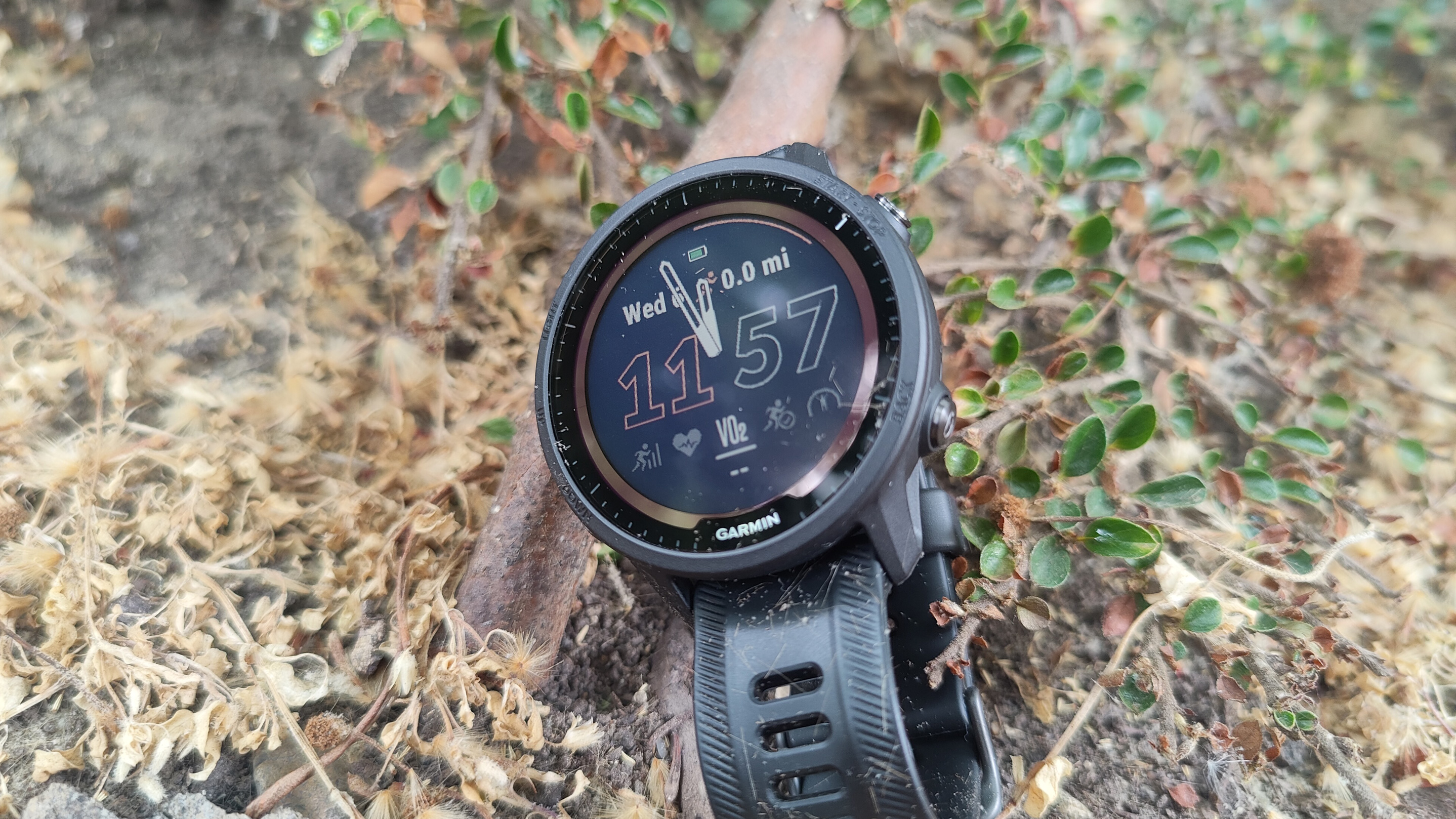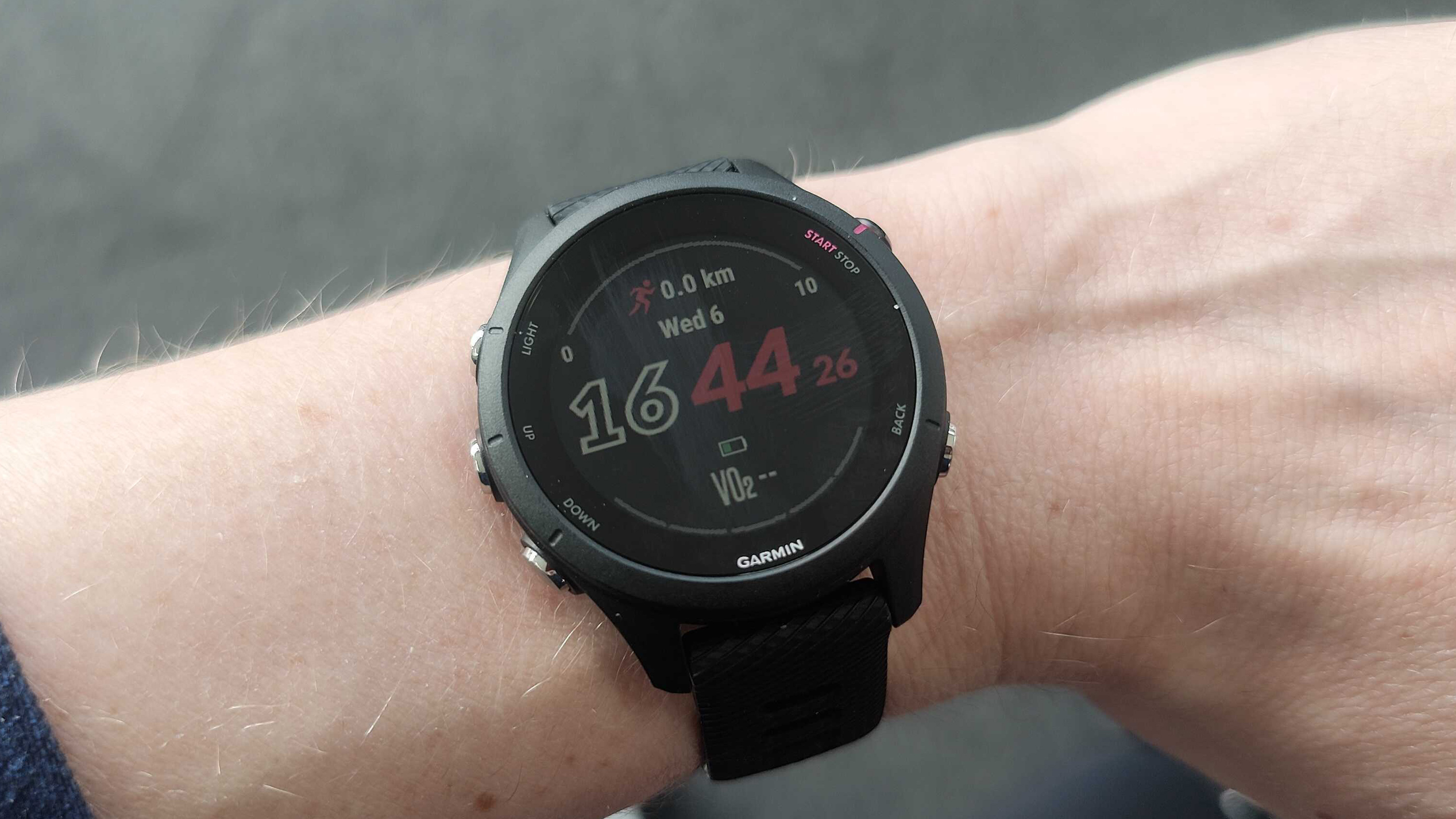Garmin has released its Forerunner 955 and 255 series of watches after months of speculation. Numbering six watches in total, it unveiled two 955 models - the Garmin Forerunner 955 Solar and a non-solar option - while the 255 series gets the 255 and 255s in both music and non-music options.
We'll dive into the full specs below, and each watch will receive its own hands-on first impressions and full review over the next few days and weeks. However, these triathlon-geared multisport offerings are already looking likely to land on our list of the best Garmin watches.
Garmin Forerunner 955 series

Let’s dive in to the specs and features, starting with the Garmin Forerunner 955 Solar. Available now priced at $599 in the US and £549.99 in the UK (no word on an official price for Australia as yet), the 955 Solar, as the name suggests, has incorporated Garmin’s Power Glass solar charging lens technology to stretch that 20-day battery life to its limit. The non-solar version is priced at £479.99 in the UK and $499.99 in the US.
Both solar and non-solar versions of the watch have touchscreens in addition to Garmin’s signature five-button design. Garmin says the buttons can be used “separately, or in conjunction with the touchscreen” which is a nice way of saying you can use either. The choice is nice but rather superfluous: I can’t help wondering what else could have been fitted into the watch if the touchscreen had been scrapped.
Otherwise, the watches are identical. Support for multi-band GPS is said to be more accurate than ever before, and 49 hours of battery life in GPS mode means it’ll cope with even the longest endurance races. The watch offers full-color maps (although not topographical) highlighting points of interest, and PacePro and ClimbPro technology from previous Garmin models to offer route guidance.
Training readiness, which has been recently revamped by Garmin, is essentially an indicator of how well you’ve rested and recovered. A full gauge means you’re ready to take on a big challenge, while if you’re in the red, you’d best leave the long-haul racing to another day. HRV status, or “heart rate variability” constantly tracks your heart rate during sleep to help you “get a better handle on recovery and an overall wellness picture”.
Both revamped stats now takes a prominent place in the menu of vital stats which will be familiar to existing Garmin users. A new “Morning Report” feature also recommends workouts based on your training goals, shows you the weather for the day, and informs you of your sleep and HRV status of the night before.
A new race widget is also present, which Garmin says allows you to “view race prep information – including a race day-specific performance prediction, race day weather and a countdown clock – all in one widget. Once a race is scheduled, daily suggested workouts will adapt based on an athlete’s race plans,” which is included in your Morning Report. This do-it-all premium wearable is likely to appear on our best running watch list after we’ve had time for a thorough test.
Garmin Forerunner 255 series

The Garmin Forerunner 255 series houses four different models: the common-or-garden Forerunner 255 and 255 Music, measuring 46mm across, and the Forerunner 255s and 255s Music, 5mm smaller at just 41mm across. The dainty 255s models’ small size aside, both are pretty identical in terms of features. Both share up to 14 days’ battery life and 30 hours in GPS mode, and neither are packing the touchscreen technology of the Forerunner 955.
The Garmin Forerunner 255 and 255s are both priced at £299.99 in the UK and $349.99 in the US. The 255 Music and 255s Music, which can can store up to 500 songs onn the watch in addition to connecting to Spotify, Deezer and Apple Music from your phone, is priced at £349.99 in the UK and $399.99 in the US. Again, Australian prices are unavailable at the moment.
Even though they’re lacking the touchscreen, these slightly more stripped-down models are still packing plenty of the 955’s new features, including the Morning Report, the race widget and HRV status. Multi-band GPS offers the same improved GPS tracking across different satellite bands, while you can toggle between different sports profiles with a single button press while you work out, which is great for triathletes and other multi-disciplinary athletes.
All the usual Garmin health metrics and features are here, such as Pulse Oximeter measurements, VO2 Max, training status and Garmin Coach. The 255 watches can utilise PacePro to help offer guidance during your run, but there’s no mention of ClimbPro here, so it won’t offer information on upcoming hills the way the 955 running watch can. You’ll also be able to plan routes on services such as Strava and sync them to your watch.
Source: TechRadar